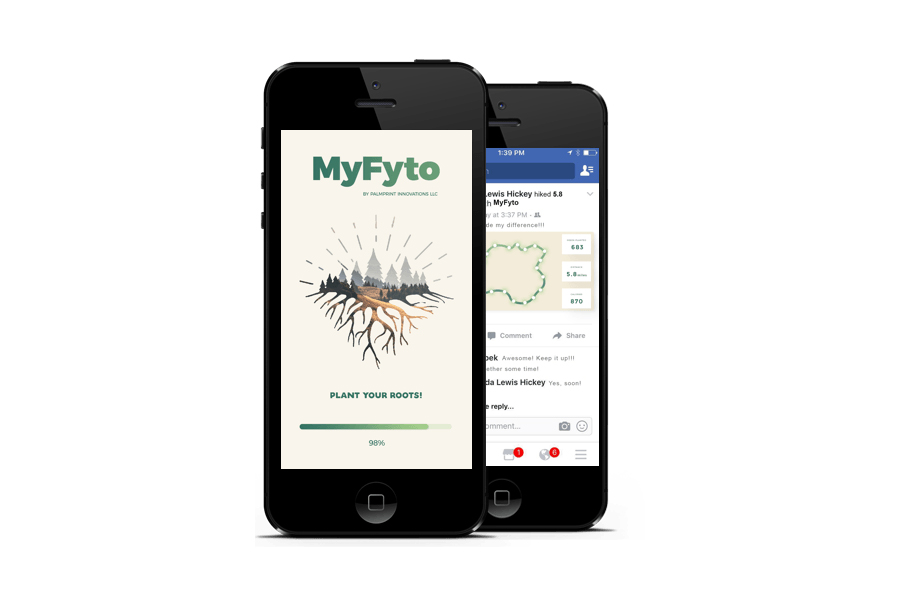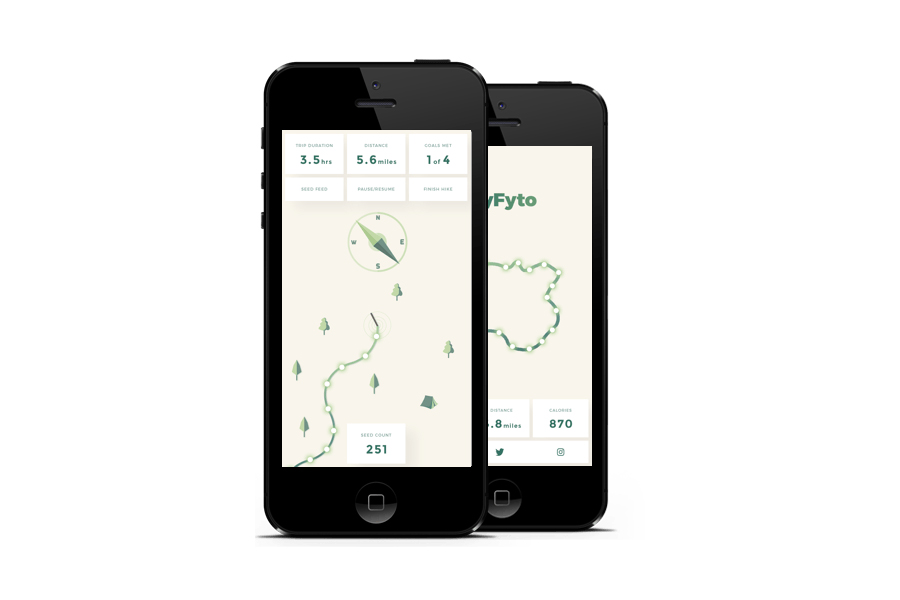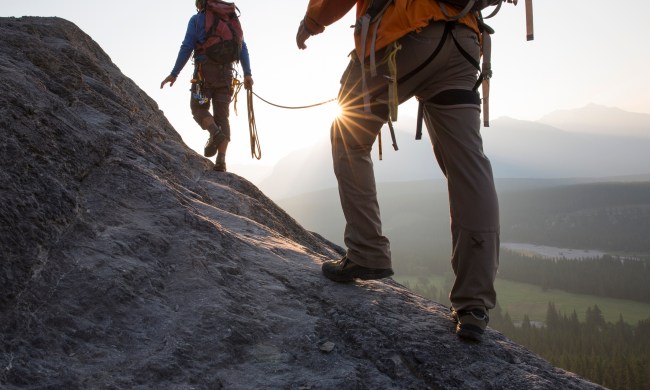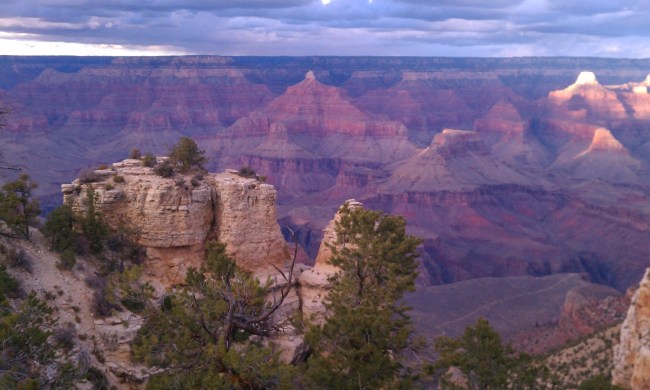FytoStick is a bamboo trekking pole that does more than steady your step. Each time the pole stabs into the ground during your hike, it releases a seed.
First launched on Indiegogo in 2017 by PalmPrint Innovations out of Baltimore, the FytoStick is a smart and efficient way to diminish your carbon footprint by playing Johnny Appleseed. (Fun fact: The CEO of PalmPrint, Tyler Mackechnie, is a distant relative of the pioneer nurseryman who introduced apple trees to much of the United States).
“We aim to be a collective crowd of modern-day Johnny Appleseed-like friends of Earth,” say the founders.

During its fundraising campaign, FytoStick raised $31,287 to begin production on the hiking stick that can “save the bees and trees from extinction and mass deforestation.” The first round of poles was set to be delivered September 2018.
How Fyto works is simple: The downward motion of your hand on the hiking stick burrows a hole in the soil and tucks the seed safely away underground. Some hikers have brought up concerns of planting trees in the middle of forged paths. The guys at PalmPrint say it’s best to use your FytoStick on the perimeter of an official trail. However, if your pursuits lead directly through the wild green yonder, you can plant anywhere.
Wildlife lesson: Invasive species are any kind of living organism, from bacteria to plants to seeds, that are not native to an ecosystem and can cause harm to both the environment and people who live there.
A second concern brought up by consumers was the potential risk of spreading invasive species.
“This is something we’ve thoroughly thought through and will minimize this risk through a few different coverage options to ensure the safety net is as large as possible,” FytoStick says on its Indiegogo page. “No. 1. The terms of agreement in the MyFyto app will very clearly state and warn about the users’ responsibility to plant safely. No. 2. Users will be able to register which seeds they’re planting and the app will not function if that seed isn’t naturally part of that area. No. 3. When ordering seeds through PalmPrint Innovations LLC, we will not ship seeds to a region those specific seeds don’t belong.”
The only questions for you that remain: where to hike and whether to plant flowers (for the bees) or trees (for all that oxygen).
Fyto is smart, not just because it has a hidden release spear that plants individual seeds as you trek, but because it has the ability to pair with the aforementioned app (not yet released) called MyFyto. One part MapMyRun and the other Garden Plan Pro, MyFyto will track both distance, altitude, and calories burned along with seeds planted on a map. Since it’ll take a while for your oats to sew, MyFyto is a comforting reminder that you really are making a difference (see all those little seed icons!). And, of course, it’s compatible with Facebook so you can brag about your planting superiority and hopefully inspire others to not only get out into nature but help it thrive.
Not only do we love the ease of use that FytoStick allows when it comes to planting (no back-breaking bends), but we dig (ha!) the idea of taking it all around the world and planting indigenous seeds that, decades later, we can come back and see as real, tall, handsome plants and trees. This is the type of legacy men like Ron Swanson and Ralph Waldo Emerson seek. Not material fortune, fame, and empty stardom, but physically building the natural world into a place that is flourishing and strong.
Now, for the right hiking boots.




